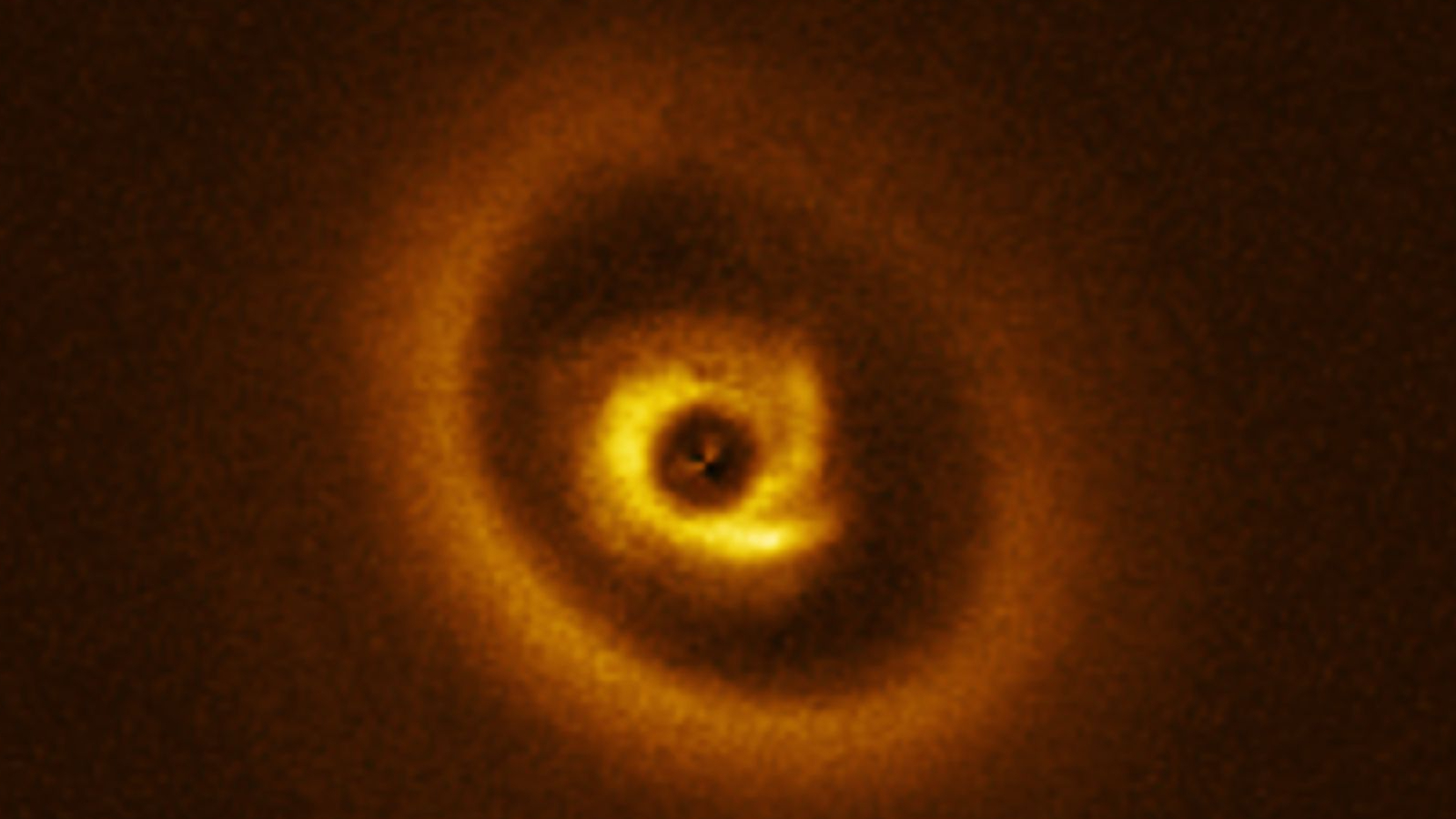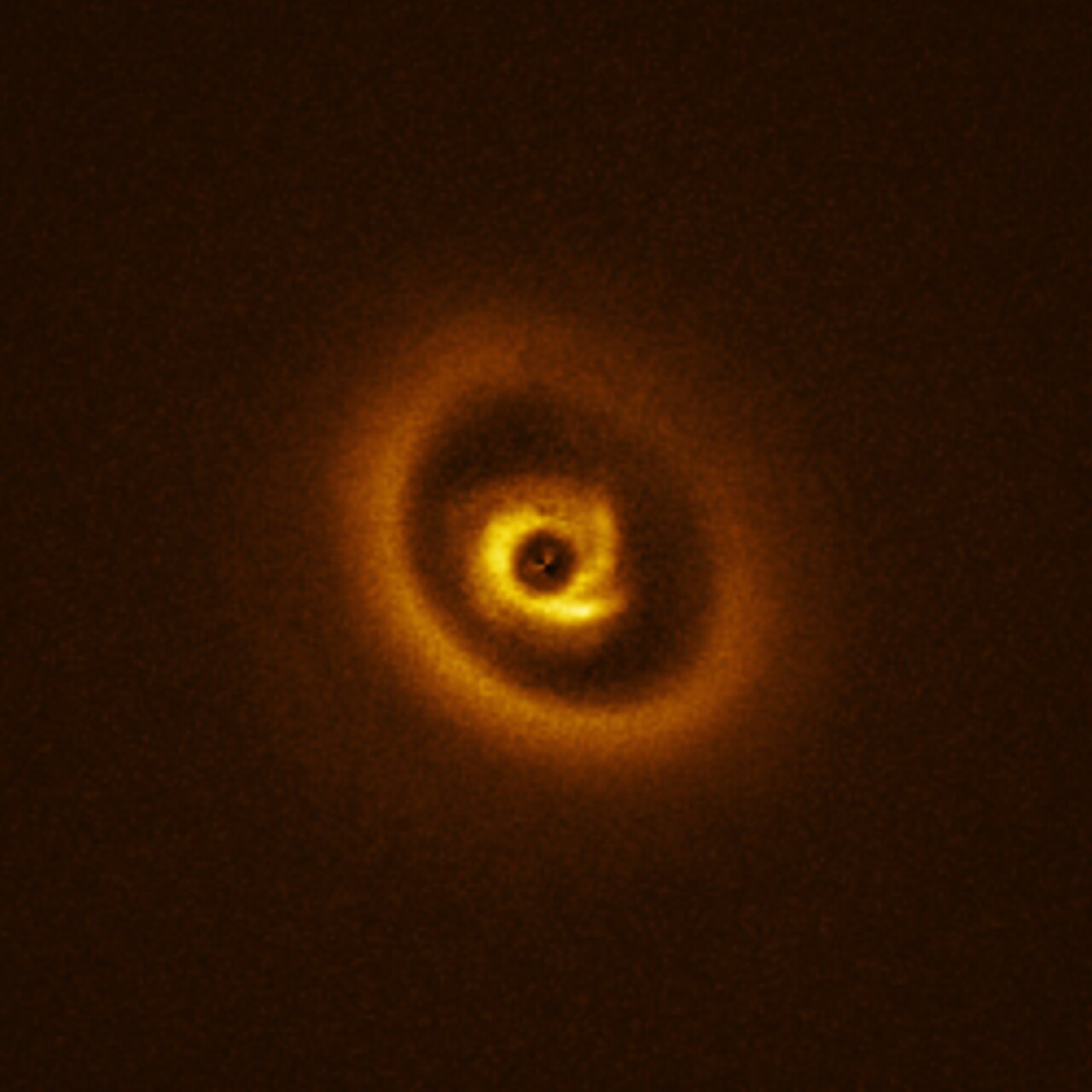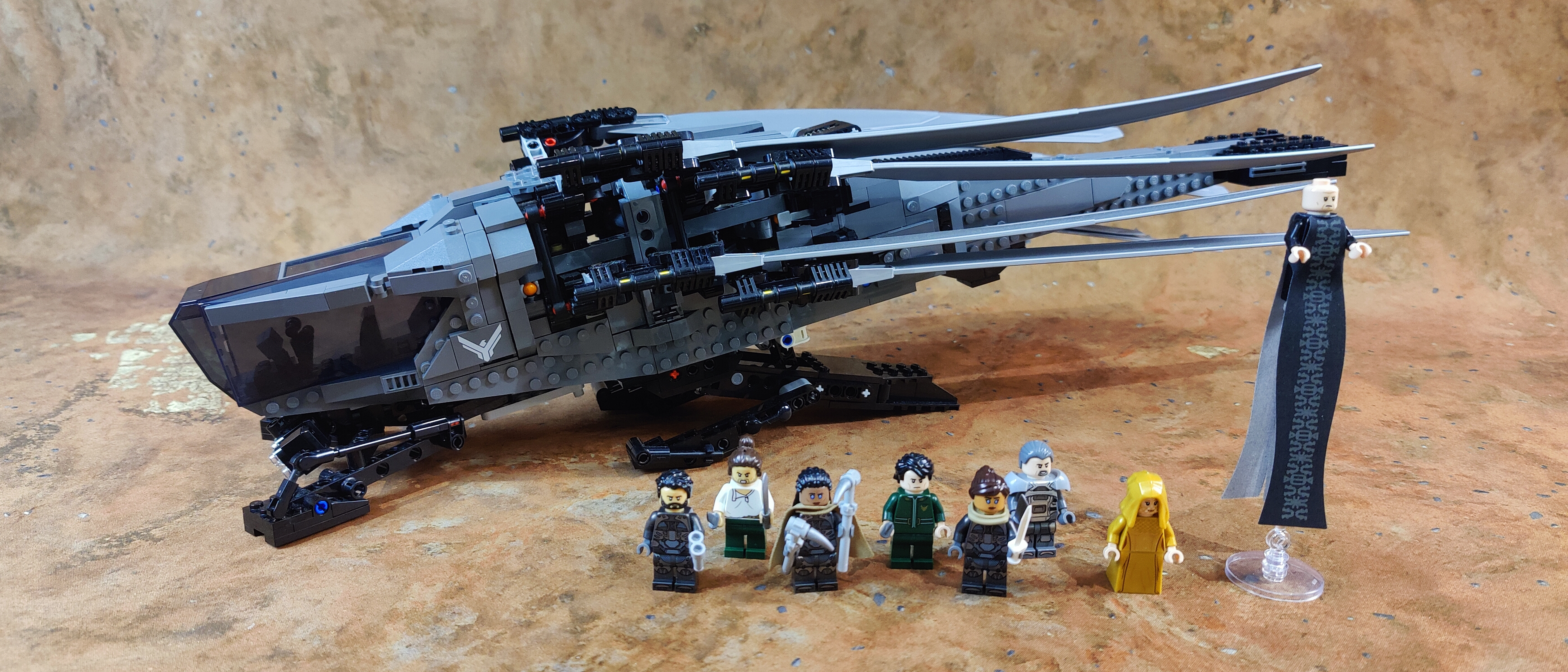Cosmic rings reveal new planet being born | Space photo of the day for June 11, 2025
Star RIK 113 is busy making a new planet as seen in this new image from the Very Large Telescope.

For centuries, astronomers have tried to study the process of planetary formation. Thanks to modern technology like the European Southern Observatory's (ESO) Very Large Telescope (VLT), experts can now see this process with much finer detail.
What is it?
Taken on June 9, 2025, this photograph from the VLT shows star RIK 113 surrounded by clouds of gas and dust, which form a protoplanetary disk.
These disks are common around younger stars like RIK 113, and will eventually condense due to the star's gravitational pressure, forming larger objects that will create the beginnings of a planet, known as a protoplanet.
Where is it?
The star RIK 113, also classified as 2MASSJ16120668-3010270 is found in the constellation Scorpius, which is around 431 light-years away.

Why is it amazing?
The protoplanetary disk surrounding RIK 113 was initially discovered by the Atacama Large Millimeter/submillimeter Array (ALMA) in 2024. The initial results showed gap in the clouds around the star, which could be created by a planetary embryo.
Curious about this finding, researchers at the University of Galway, Ireland used the VLT to try to get a closer look at star RIK 113. Using the SPHERE or the Spectro-Polarimetric High-contrast Exoplanet REsearch instrument on the VLT, which is designed to look for new exoplanets, the team found that the inner ring of the star's protoplanetary disk had unique spiral features.
According to the researchers, potential signals from two planets close to RIK 113 were also detected.
Get the Space.com Newsletter
Breaking space news, the latest updates on rocket launches, skywatching events and more!
Want to learn more?
You can read more about planetary formation and protoplanetary disks as astronomers continue to understand how planets are created throughout our universe.
Join our Space Forums to keep talking space on the latest missions, night sky and more! And if you have a news tip, correction or comment, let us know at: community@space.com.
Kenna Hughes-Castleberry is the Content Manager at Space.com. Formerly, she was the Science Communicator at JILA, a physics research institute. Kenna is also a freelance science journalist. Her beats include quantum technology, AI, animal intelligence, corvids, and cephalopods.
You must confirm your public display name before commenting
Please logout and then login again, you will then be prompted to enter your display name.

